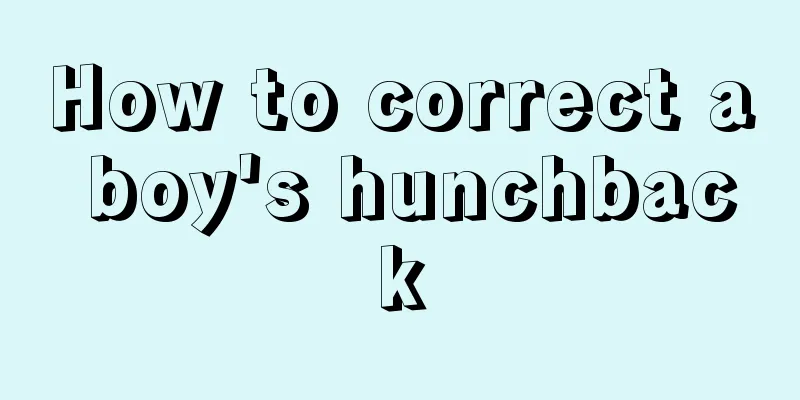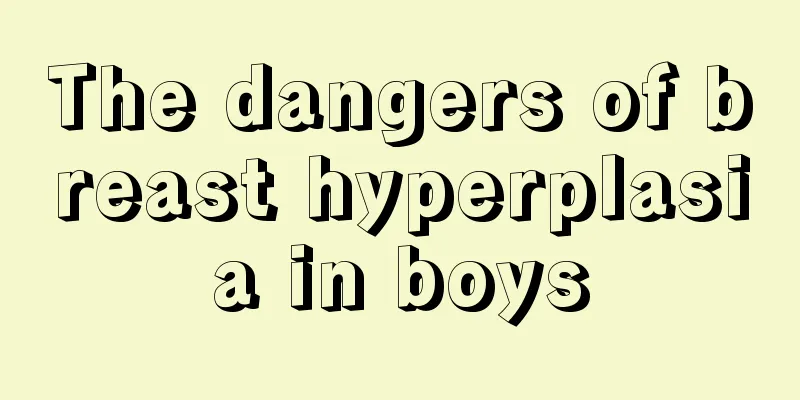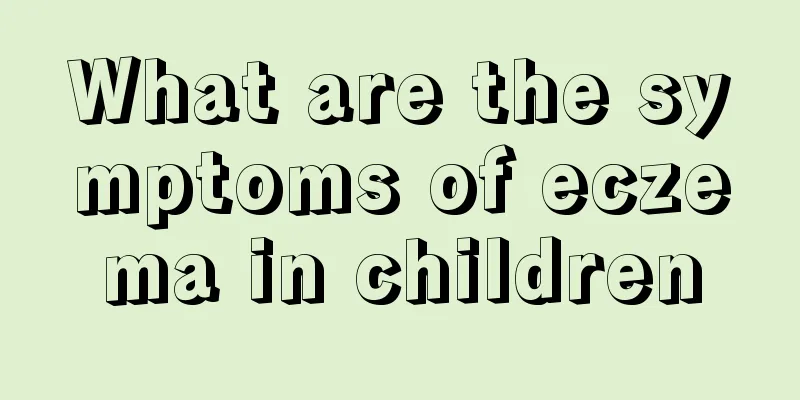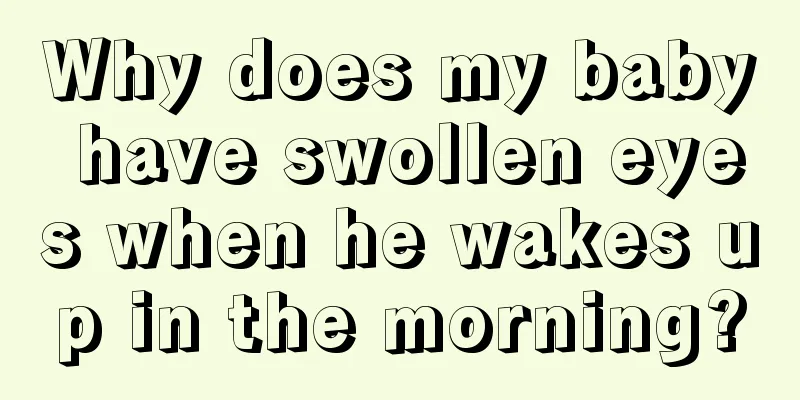What are the treatments for hernia in children?

|
Hernia is a common clinical problem. There are many types of hernias. For children, hernia is mainly umbilical hernia. Hernia is somewhat congenital. Some people can recover on their own after reaching a certain age, while some hernias require treatment to improve. There are many treatments for hernia problems, but hernia in infants and young children should still be treated conservatively. What are the treatments for hernia in children? 1. Hernia belt This is a conservative approach that utilizes a hernia belt suitable for children. By utilizing the infants' and young children's vigorous cell regeneration and reproduction capabilities and combining the Chinese medicine diuretic and hernia-eliminating formula in the hernia belt to accelerate blood circulation and microcirculation, the therapeutic effect of the hernia belt in children is very ideal. Infants and young children are too weak to withstand surgical anesthesia, so they are not suitable for surgical treatment. 2. Drug therapy One conservative method is what we usually call traditional Chinese medicine, which is to treat hernia by taking medicine. Drug therapy can only relieve the symptoms of hernia such as abdominal distension, abdominal pain, and pain, but cannot cure hernia. Long-term use of drug therapy will aggravate the condition of hernia and cause great harm to hernia patients. For children's hernia, do not use drug therapy. Choosing the right method is very important. 3. Traditional surgery: This method is the earliest surgical treatment for hernia. It requires making a 4-5 cm incision at the site of the disease, followed by a simple suturing and repair process. The operation usually takes up to an hour, and large incisions and high recurrence rates are unavoidable. For this reason, many hospitals no longer use traditional surgical methods to treat hernia. 4. Minimally invasive surgery: Minimally invasive surgery is an emerging surgical method in recent years. Its characteristics are small incision, short operation time, no need for hospitalization after surgery, and relatively little harm to the body. The incision is only 0.5-1.0cm in size, and the wound is slightly painful after surgery. The operation time is about 20 minutes. Because the incision is small, tissue damage is minimal, bleeding is small, and no complicated care is required after surgery. |
<<: What should I do if my baby is constipated due to heatiness?
>>: What should I do if my child has swollen tonsils?
Recommend
Child snoring
Snoring while sleeping is a very common phenomeno...
What should I do if my child doesn’t want to sleep?
Parents often encounter a headache problem, that ...
What causes tailbone pain in children?
Sometimes, pain in a child's coccyx cannot be...
What is the age range for children to develop rebellious psychology?
Parents often encounter situations where their ch...
What are the causes of dry cough in three-year-old babies?
The immunity of a 3-year-old baby has just been s...
What should I do if my child has a stuffy nose, runny nose, and cough?
Children with nasal congestion, runny nose and co...
What happens if children drink vitamin C effervescent tablets?
As we all know, in addition to protein, vitamins ...
Hearing delay in premature infants
Since premature babies are born before full term,...
Causes of dysphagia in newborns
Parents need to provide extra care and health car...
What should I do if my girl's pants are yellow?
I believe many people have encountered the phenom...
How to solve the problem of baby stuttering?
Many children start to stutter when they are arou...
What factors affect a child's height?
Height is the first criterion for appearance and ...
What specialties should children learn?
Many parents are very concerned about their child...
Why is my daughter having a nosebleed?
Parents feel distressed when they see their child...
Understanding Hypothyroidism in Young Children
Congenital hypothyroidism is caused by congenital...









